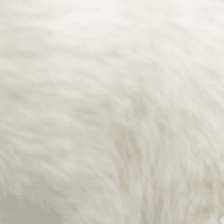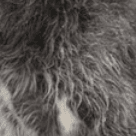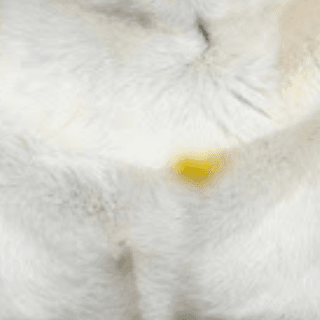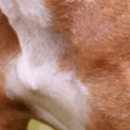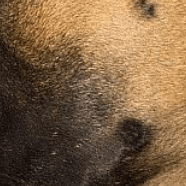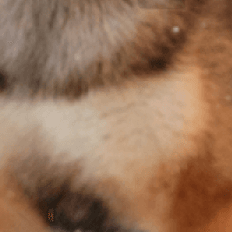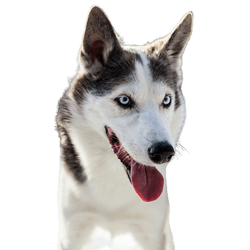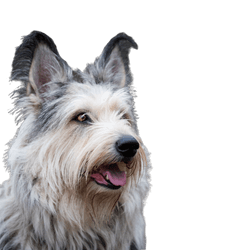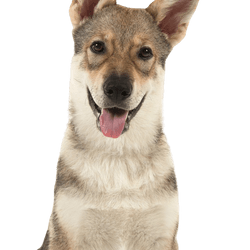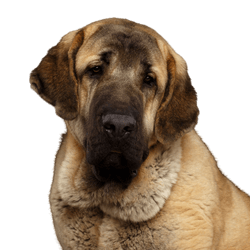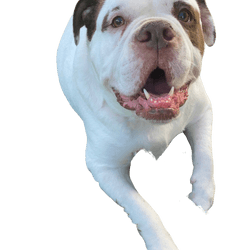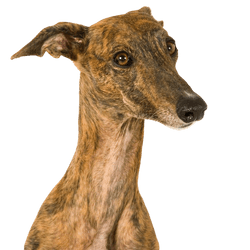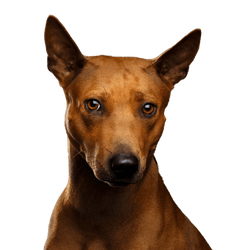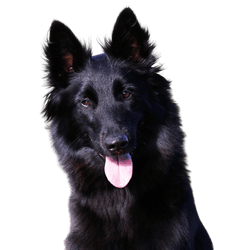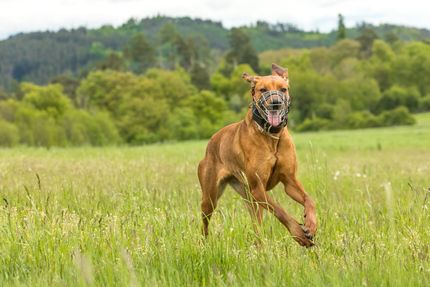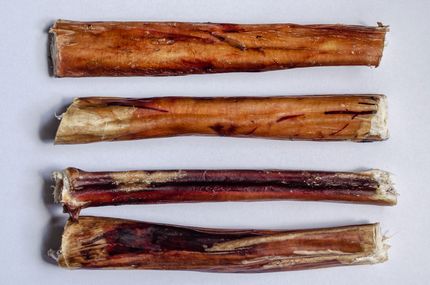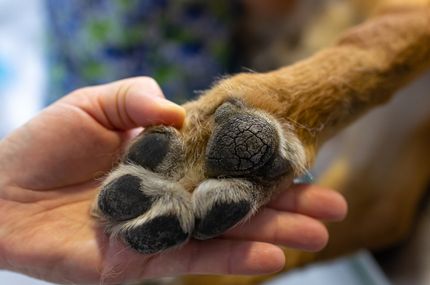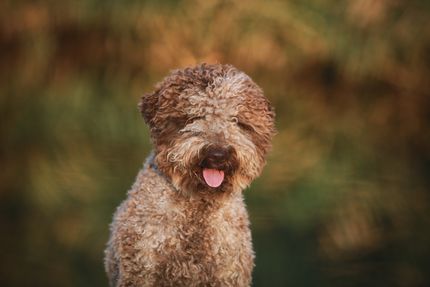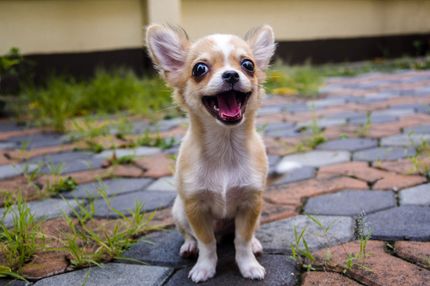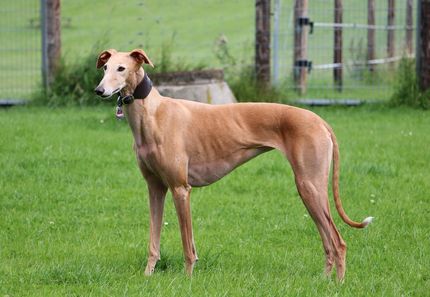Facts & Origin
Kangal Çoban Köpeği aka. Anatolian Shepherd Dog - a breed description
What is the origin of Anatolian shepherd dogs?
Historians suggest that Anatolian Shepherd Dogs have accompanied people since they began herding livestock.Probably this was the case 10,000 years ago. As the name correctly suggests, the Anatolian Shepherd Dog lived in the Turkish hinterland, which is characterized by high mountains. In the impassable terrain, the dogs were responsible for herding flocks of sheep, a task they partly fulfilled on their own. Although they often did not meet their owners for weeks, they did a reliable job and did not shy away from defending their flock from wolves and bears. When they returned to their owners' farm, they guarded belongings on site. Until 2017, three varieties were grouped under the name Anatolian Shepherd Dog:
- The Akba (white-headed) has white or light brown fur, there are short-haired and long-haired representatives
- The Karaba (black head) wears a black mask.
- The Kangal comes from the noble family of the same name and is revered in Turkey.
- The Kars-dog is relatively unknown outside of Turkey
The Kangal is classified as dangerous in some German states (Hamburg and Mecklenburg-Vorpommern).
Even before there was an official dog association in Turkey, the first Anatolian Shepherd Dogs reached Western Europe. Especially in England some enthusiasts started to breed the breed. In April 1980 the international dog federation FCI defined for the first time a standard, thereby it summarized different shepherd dogs from Turkey.
What are the breed characteristics of Anatolian Shepherd Dogs?
Until June 2018, the Fédération Cynologique Internationale, FCI listed the Anatolian Shepherd Dog in Group 2, Section 2 under Standard No. 331. Since then, the Kangal Shepherd Dog has been listed under this designation. The new standard provides, among other things, a black mask. Characteristic is the massive and strong body. Due to the broad head and the dense fur collar, adult animals are particularly impressive. Despite its imposing size, the animal is surprisingly nimble on its feet.
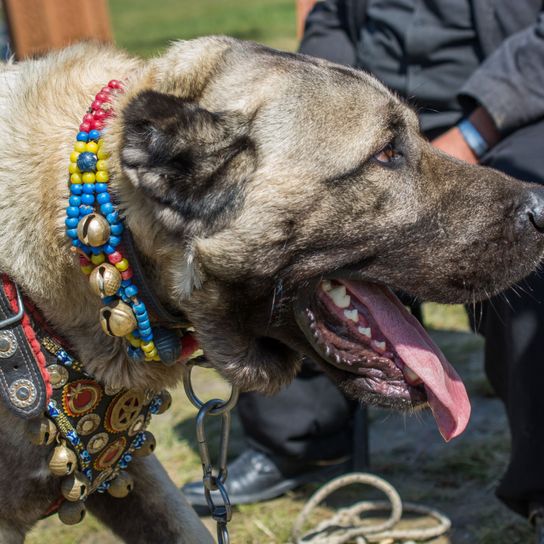
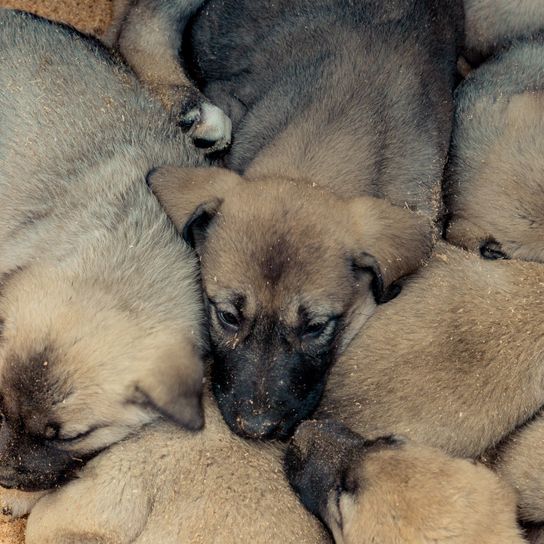
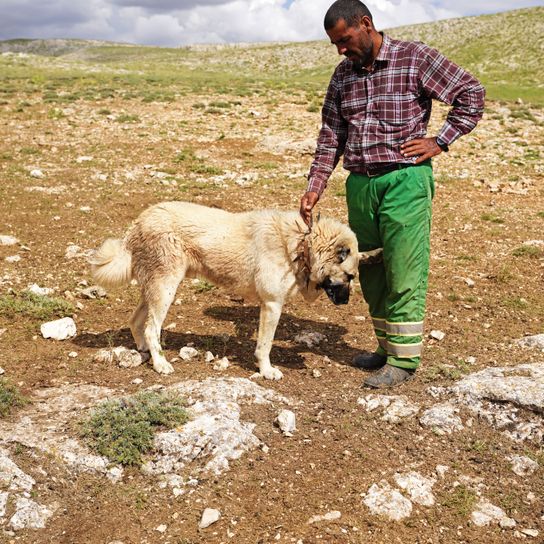

| Alternate Name | Kangal Çoban Köpeği, Anatolian Shepherd |
| Origin | Turkey |
| Life expectancy | 8 - 11 years |
| Care requirements | high-maintenance |
| Activity level | average |
| FCI group | not recognised |
| AKC group | not recognised |
| KC group | not recognised |
Anatolian Shepherd Dog mixes
Attitude, character and temperament of the breed
What are the typical characteristics of Anatolian Shepherd Dogs?
In the past, the Anatolian Shepherd Dog was used to getting along without his owner for long periods of time. It performed his tasks reliably and was used to being outside. Even today, the breed is adaptable as far as housing conditions are concerned. He is especially comfortable in a house with a large property. However, you should make sure that the fence is at least two meters high, because the big dog jumps over lower obstacles without any problems. Due to its size and dominance alone, this breed is best suited for experienced dog lovers. It needs unambiguous commands and clear rules from day one. It is also important to know that he does not always get along well with conspecifics. Early socialization in a puppy school is therefore recommended. The Anatolian Shepherd Dog temperament is also characterized by a great protective instinct: Similar to the sheep in the highlands of Anatolia in the past, he now protects his family.
Usage
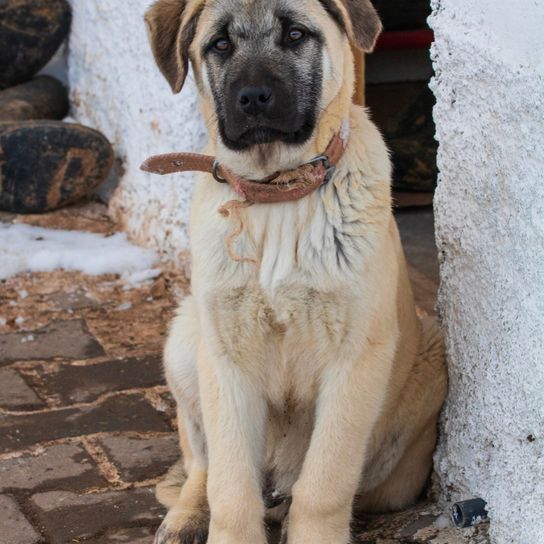
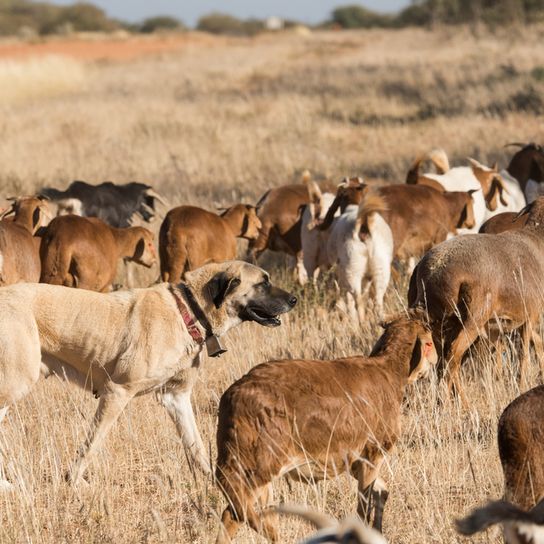
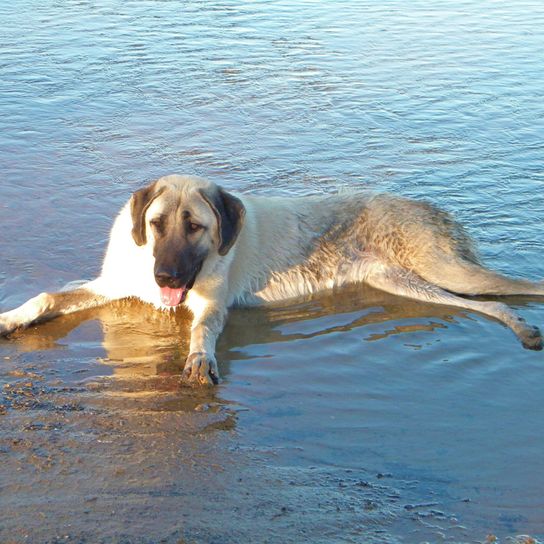
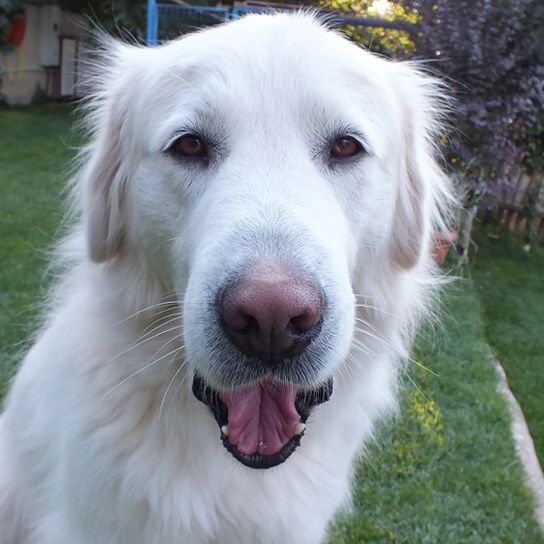
What are typical diseases of Anatolian Shepherd Dogs?
Like most large breeds, the Çoban Köpeği is prone to hip dyslasia. Since deformity of the hip joint is considered a criterion for exclusion from serious breeding, it's best to get the x-rays of the parents. To reduce the risk additionally, you better pay attention to the weight of your four-legged friend. Anatolian shepherd dogs are heavy animals, every kilogram too much can have massive effects on the musculoskeletal system. Also, make sure that the food is appropriate for the dog's age, so that the young dog does not grow faster than it should in nature.
Çoban Köpeği breeding - where, how, what?
If you want to buy an Anatolian Shepherd Dog puppy, you can find information about breeders at the Allgemeiner Hirten- und Hütehundeclub Österreich. Members of the club are subject to strict conditions and undertake to subject their animals to health examinations. This includes x-rays of the hip joints and elbows, eye tests and heart ultrasound. If you buy a kitten from a reputable Anatolian Shepherd Dog breeder, you can also look at the pedigree. Usually breeders choose one of the four breeds among the Anatolian Shepherd Dogs. They give the animals after responsible breeding vaccinated and chipped. If you buy a dog from a breeder, you can usually always turn to the expert if you have any questions.

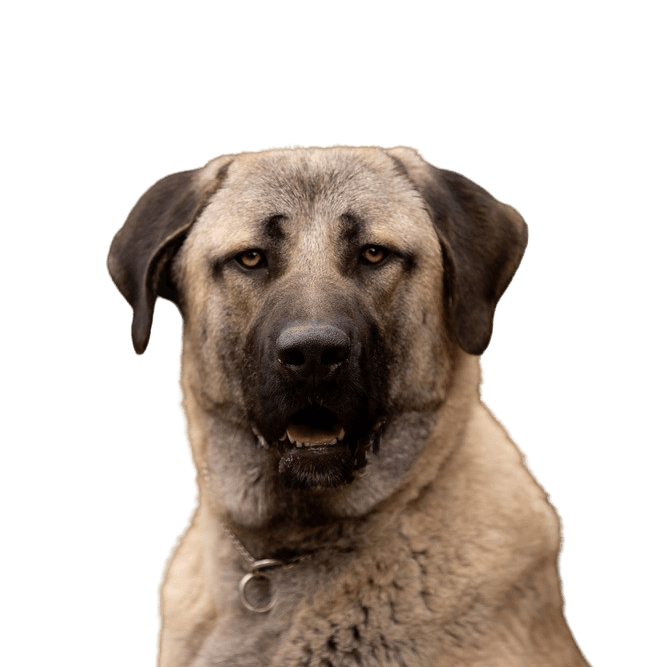
Appearance and coat of the Çoban Köpeği
With a height of up to 85 centimeters, the Anatolian Shepherd Dog is one of the largest dogs in the world. It is characterized by a close-fitting and shiny coat that adapts to weather conditions. In his homeland, the mountains of Turkey, he used to wear longer fur in winter than in summer. The coat is particularly dense on the shoulders and neck and forms the typical rasset wreath. The Anatolian Shepherd Dog exists in many different colour variations. Especially common are fawn-colored animals with a black mask and black ears.
What is the size of an Anatolian Shepherd Dog?
Bitches: at least 71 centimetres
Males: maximum 86 centimetres
How much does an Anatolian Shepherd Dog weigh?
Anatolian Shepherd Dogs weigh 40 to 65 kilograms.
How old does an Anatolian shepherd dog become?
Çoban Köpeği live to be 10 to 11 years old.
| Fur length | medium |
| Fur | wavy |
| Ear shape | Triangle |
| Tail | lang |
| Anatomy | rugged, strong, hefty |
| Size ♀ | 70 - 78 cm |
| Weight ♀ | 40 - 55 kg |
| Size ♂ | 74 - 81 cm |
| Weight ♂ | 50 - 65 kg |
| Suitable For | - |
Colors
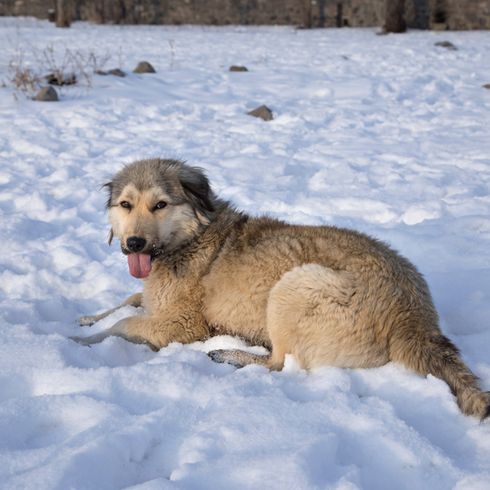
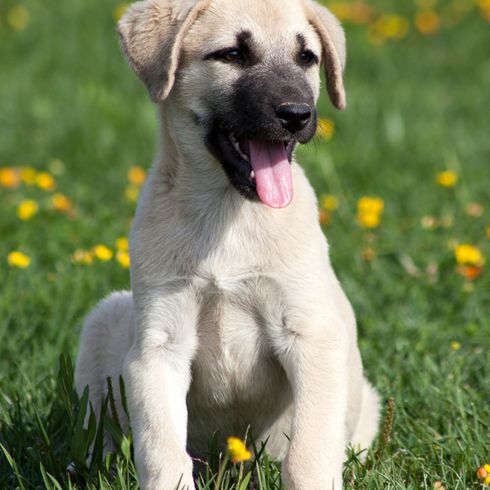
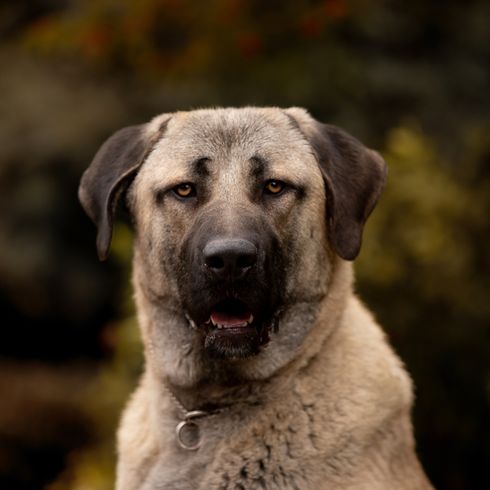
Known Diseases
Hip dysplasia (HD)
Hip dysplasia (HD) is a genetic condition in dogs where the hip joint is not shaped properly. This leads to pain, stiffness and restricted movement.






